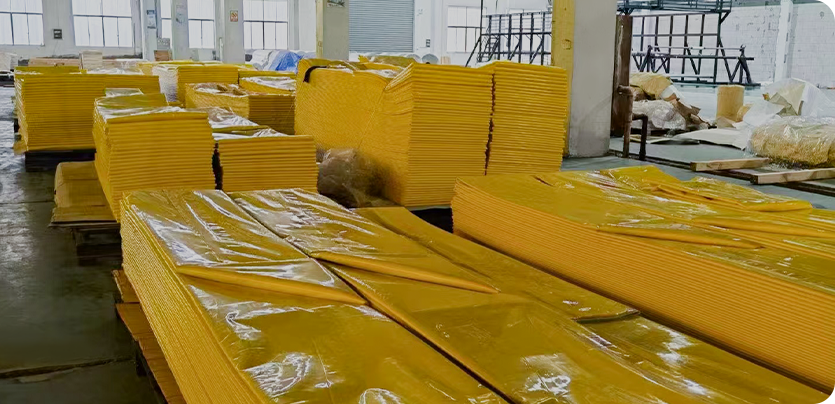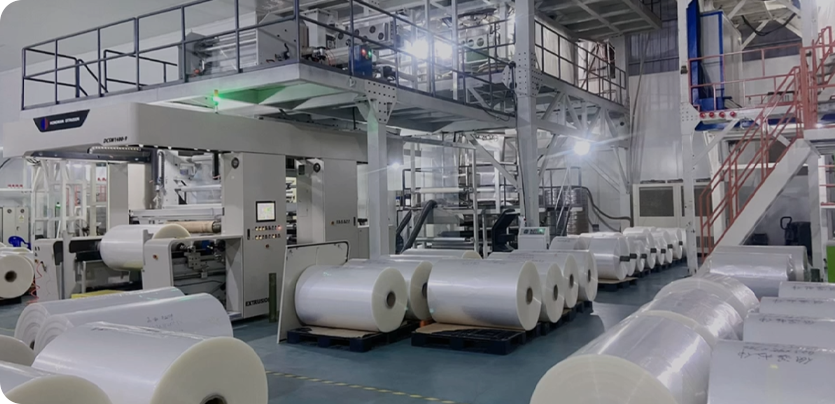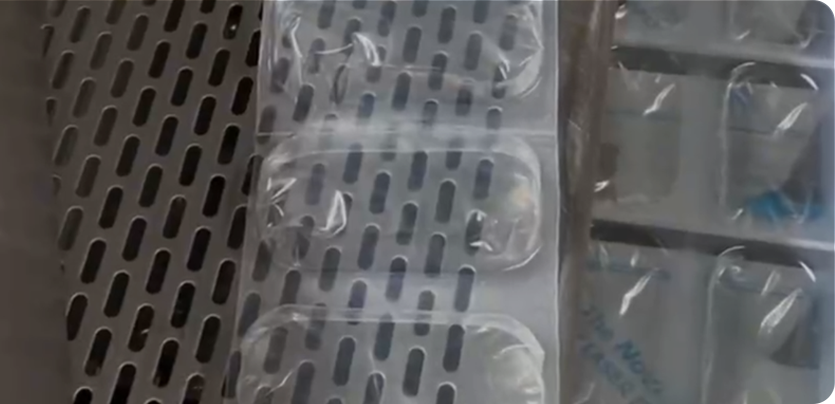
In recent years, the rapid development of technology in China has led to increasing demands for the quality and performance of extruded products. Products made from single-component polymers often face limitations in shape and functionality, highlighting the need for various types of composite materials. Through effective use of composites, the overall performance of the products is significantly improved. Key benefits include lighter weight, enhanced corrosion resistance, and better insulation, making them widely applicable in fields such as healthcare and transportation.
co-extruded technology, based on advanced composite processing, involves multiple extrusion devices to effectively combine polymer materials. These materials are molded in the machine head to form an integrated composite product. Compared to traditional composite processes, co-extruded simplifies the production flow and improves coating and molding techniques, offering advantages like shorter molding times, lower energy consumption, and a broader range of composite products. Consequently, co-extruded is widely used in producing composite films and pipes, making a substantial contribution to the plastics forming industry. As an advanced, efficient forming technology, co-extruded is extensively applied in the production of composite films and pipes in China, significantly enhancing the efficiency of composite material production while reducing environmental pollution during manufacturing.

Multi-layer co-extruded films and bags for food packaging offer excellent protection and extendable properties. These films are typically produced using Multi-layer co-extruded blow molding or casting processes, which provide superior barrier, mechanical, stretch-forming, and heat-sealing properties. Not requiring additional compounds or printing inks, adhesives, or additives, these films are a relatively green and cost-effective solution for food packaging.
Multi-layer co-extruded barrier film involves the use of three or more extruders to melt different resin materials, such as polyethylene, polypropylene, nylon, and ethylene-vinyl alcohol copolymer, which are then combined at the co-extruded die head and formed into a Multi-layer film through blow molding or cast-sheet forming. This process integrates and optimizes the properties of various resins, resulting in films with comprehensive performance that meet diverse packaging needs. Non-printed, food-grade, Multi-layer co-extruded bags and films offer strong durability, low oxygen permeability, and excellent barrier properties, ensuring effective food quality protection and extended shelf life. They are widely used for packaging liquids, semi-solids, and solid foods such as beverages, juices, milk, yogurt, jelly, ice cream, sauces, condiments, meats, and pastries.

China's biopharmaceutical industry has historically been underdeveloped, but recent advances in technology and the return of highly skilled professionals have led to a rapid increase in bioproduct registrations and a surge in biopharmaceutical startups. Films for single-use bioreactors hold significant growth potential in this sector.
Multi-layer co-extruded films, composed of three or more plastic particles or powders, are produced by melting and extruding these materials through multiple extruders that share a common die head. This functional composite plastic film maximizes the advantageous properties of different materials, offering superior barrier protection, heat sealing, strong adhesion, anti-fogging, high strength, and puncture resistance. These films are mainly used in pharmaceutical and food packaging industries. In medical applications, Multi-layer co-extruded films, including Multi-layer co-extruded infusion films and Multi-layer co-extruded biopharmaceutical films, are categorized based on specific applications.
Multi-layer co-extruded films are classified by the number of layers, such as two-layer, three-layer, five-layer, seven-layer, nine-layer, eleven-layer, and twelve-layer films. Currently, three-layer co-extruded films are commonly used in large-volume parenteral infusion applications, while five-layer and seven-layer films are frequently used for peritoneal dialysis, dual-chamber bags, and single-use bioreactors.